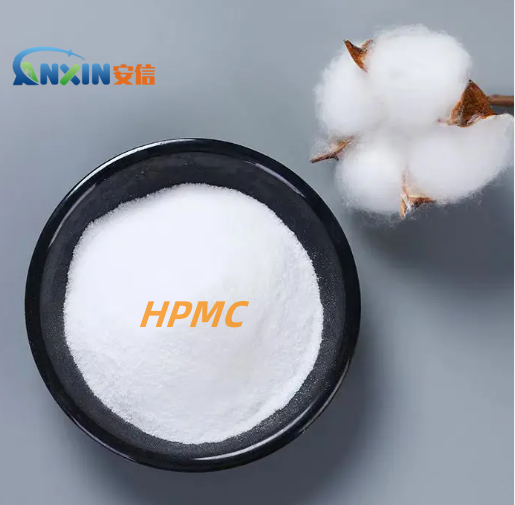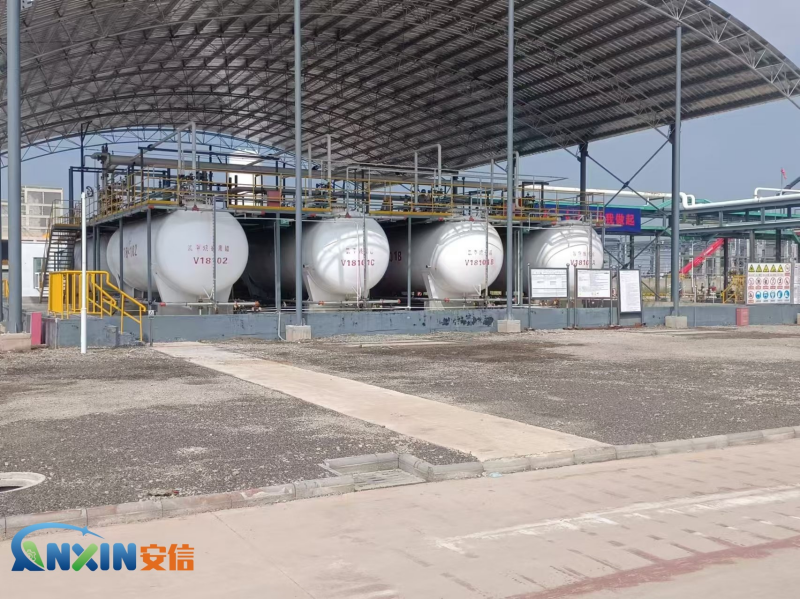1. Hydroxypropyl methylcellulose (HPMC) is an important cellulose ether, widely used in construction, pharmaceuticals, food, cosmetics and other fields. HPMC has good thickening, film-forming, emulsifying, suspension and water retention properties, so it plays a key role in many industries. The production of HPMC mainly relies on chemical modification processes. In recent years, with the advancement of biotechnology, production methods based on microbial fermentation have also begun to attract attention.
2. Fermentation production principle of HPMC
The traditional HPMC production process uses natural cellulose as raw material and is produced by chemical methods such as alkalization, etherification and refining. However, this process involves a large amount of organic solvents and chemical reagents, which has a great impact on the environment. Therefore, the use of microbial fermentation to synthesize cellulose and further etherify it has become a more environmentally friendly and sustainable production method.
Microbial synthesis of cellulose (BC) has been a hot topic in recent years. Bacteria including Komagataeibacter (such as Komagataeibacter xylinus) and Gluconacetobacter can directly synthesize high-purity cellulose through fermentation. These bacteria use glucose, glycerol or other carbon sources as substrates, ferment under suitable conditions, and secrete cellulose nanofibers. The resulting bacterial cellulose can be converted into HPMC after hydroxypropyl and methylation modification.
3. Production process
3.1 Fermentation process of bacterial cellulose
The optimization of the fermentation process is crucial to improving the yield and quality of bacterial cellulose. The main steps are as follows:
Strain screening and cultivation: Select high-yield cellulose strains, such as Komagataeibacter xylinus, for domestication and optimization.
Fermentation medium: Provide carbon sources (glucose, sucrose, xylose), nitrogen sources (yeast extract, peptone), inorganic salts (phosphates, magnesium salts, etc.) and regulators (acetic acid, citric acid) to promote bacterial growth and cellulose synthesis.
Fermentation condition control: including temperature (28-30℃), pH (4.5-6.0), dissolved oxygen level (stirring or static culture), etc.
Collection and purification: After fermentation, the bacterial cellulose is collected by filtering, washing, drying and other steps, and residual bacteria and other impurities are removed.
3.2 Hydroxypropyl methylation modification of cellulose
The obtained bacterial cellulose needs to be chemically modified to give it the characteristics of HPMC. The main steps are as follows:
Alkalinization treatment: soak in an appropriate amount of NaOH solution to expand the cellulose chain and improve the reaction activity of subsequent etherification.
Etherification reaction: under specific temperature and catalytic conditions, add propylene oxide (hydroxypropylation) and methyl chloride (methylation) to replace the cellulose hydroxyl group to form HPMC.
Neutralization and refining: neutralize with acid after the reaction to remove unreacted chemical reagents, and obtain the final product by washing, filtering and drying.
Crushing and grading: crush HPMC into particles that meet the specifications, and screen and package them according to different viscosity grades.
4. Key technologies and optimization strategies
Strain improvement: improve cellulose yield and quality through genetic engineering of microbial strains.
Fermentation process optimization: use bioreactors for dynamic control to improve cellulose production efficiency.
Green etherification process: reduce the use of organic solvents and develop more environmentally friendly etherification technologies, such as enzyme catalytic modification.
Product quality control: by analyzing the substitution degree, solubility, viscosity and other indicators of HPMC, ensure that it meets the application requirements.
The fermentation-based HPMC production method has the advantages of being renewable, environmentally friendly and efficient, which is in line with the trend of green chemistry and sustainable development. With the advancement of biotechnology, this technology is expected to gradually replace traditional chemical methods and promote the wider application of HPMC in the fields of construction, food, medicine, etc.
Post time: Apr-11-2025

